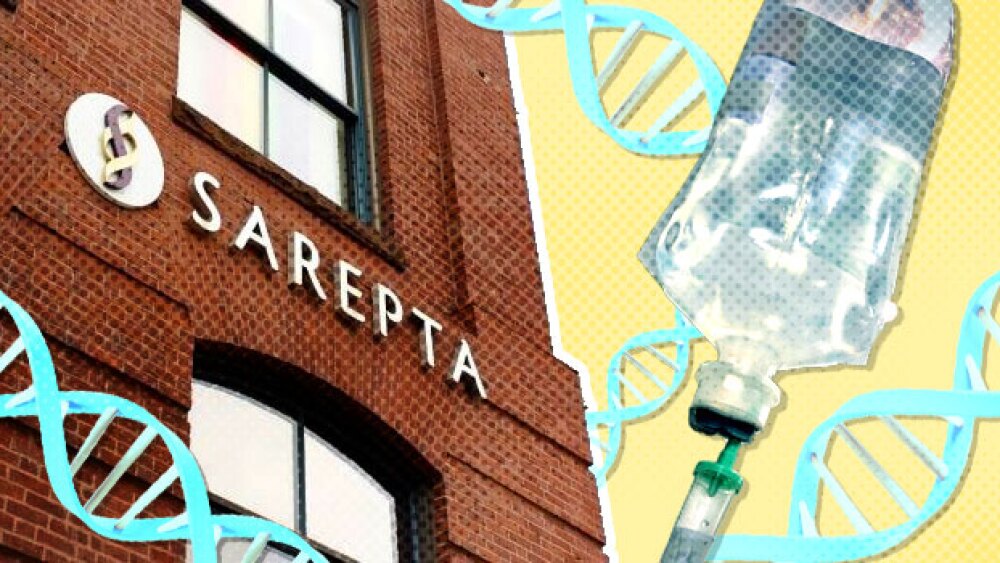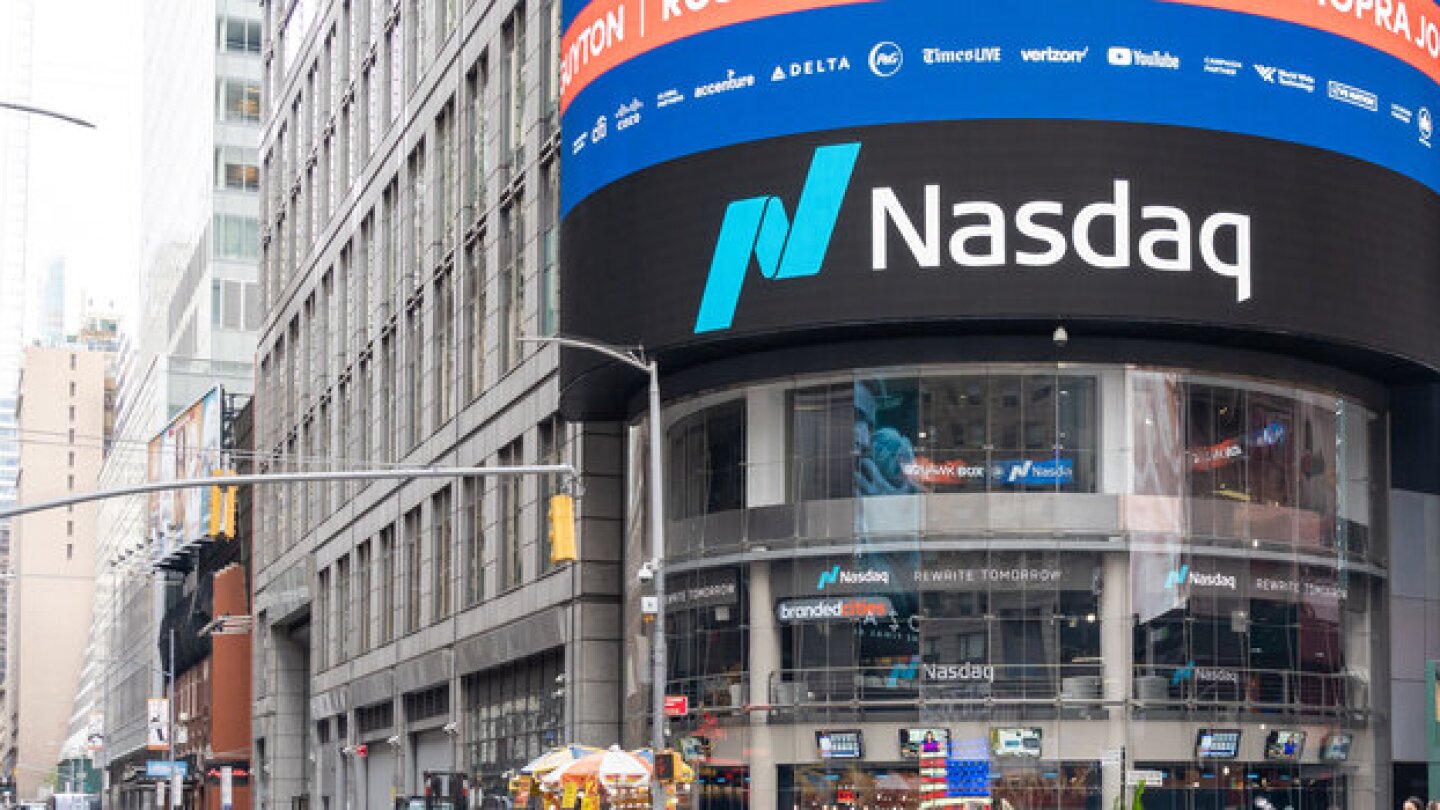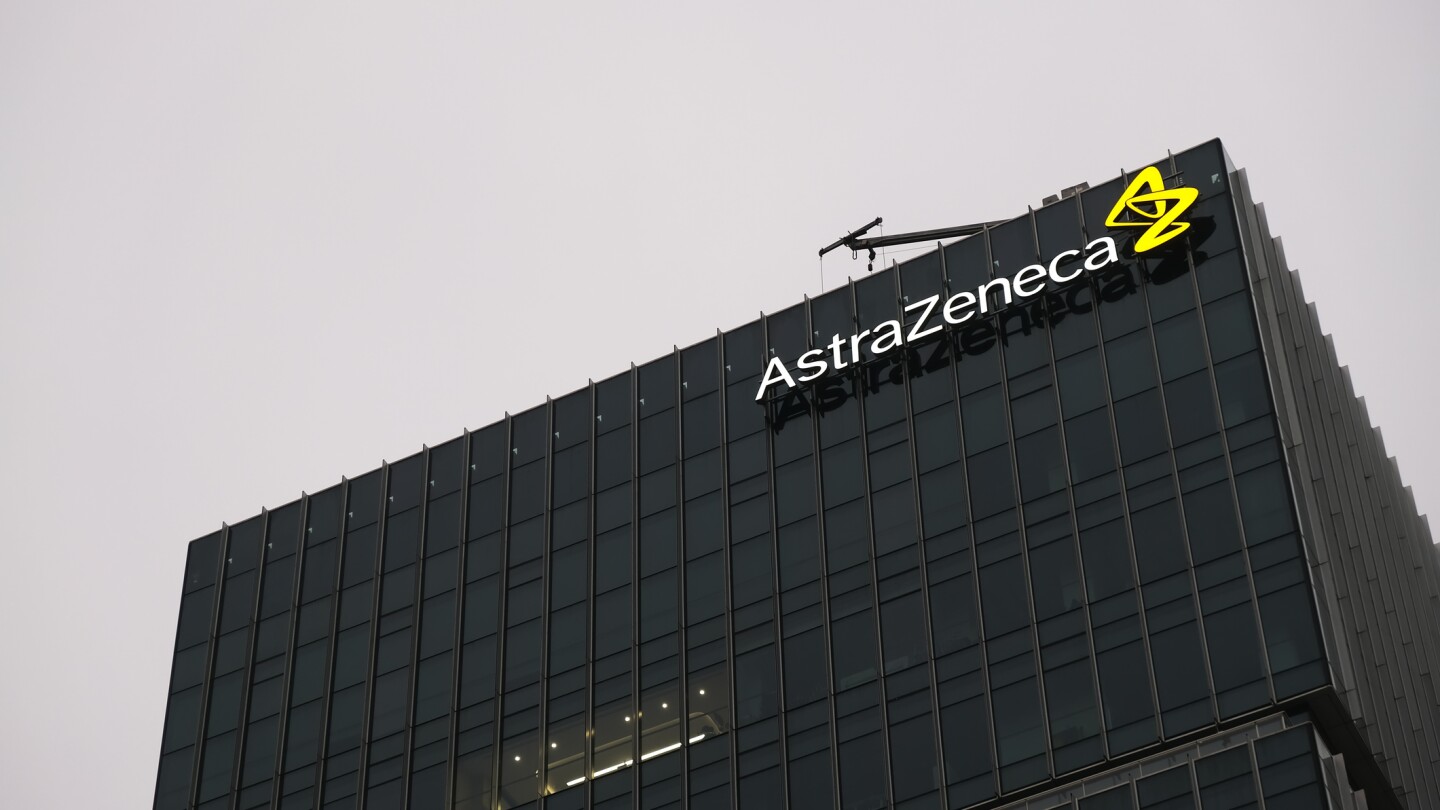News
Disruptive conditions are typical in non-Western markets. The U.S. industry, thrown into a period of significant change as the Trump administration overhauls HHS and considers implementing tariffs, could learn a thing or two by looking overseas.
FEATURED STORIES
As Sarepta Therapeutics moves closer to full approval and an expanded label for its gene therapy, some experts push back on clinical efficacy and cost while others note the hope it provides patients with Duchenne muscular dystrophy.
It wasn’t calls from lawmakers but market competition with Eli Lilly’s Zepbound that prompted Novo Nordisk to lower the prices of its blockbuster weight-loss drug.
Since the 2022 launch of ChatGPT, biopharma has poured money into this new form of artificial intelligence, but companies remain cautious with unproven technology.
Job Trends
Bristol Myers Squibb (NYSE:BMY) today reports results for the second quarter of 2023, which reflect continued execution against our strategic priorities.
FROM OUR EDITORS
Read our takes on the biggest stories happening in the industry.
Unpredictable communication and a lack of transparency are eroding the industry’s and the public’s trust. The FDA, experts agree, needs to take control of the narrative.
THE LATEST
While some analysts expect the 2025 IPO market to be relatively cool in the near-term, others anticipate more bids than in 2024.
Biogen’s effort to buy Sage reveals its “desire to expand its pipeline at a discount,” according to analysts from BMO Capital Markets.
There are currently no treatments available for celiac disease beyond a gluten-free diet. Several late-phase companies aim to change the paradigm and deliver hope and progress soon.
As the year gets underway, analysts and biotech executives highlight cell therapy’s pivot from oncology to autoimmune diseases, a continued appetite for next-generation obesity drugs and an increased focus on neuromuscular, kidney and cardiovascular diseases.
Even before the FDA’s recent approval of Dato-DXd in breast cancer, analysts predicted sales of the antibody-drug conjugate could hit $5.9 billion in 2030. However, the asset faced a series of setbacks in 2024.
Traditionally carrying a dire prognosis, the treatment paradigm for multiple myeloma is changing, with CAR T therapies, bispecifics and more contributing to multifaceted regimens unique to each patient’s needs.
The conversion of Calquence’s accelerated approval in mantle cell lymphoma comes a day before the drug was listed among the 15 products to be subject to IRA-prescripted price negotiations for Medicare this year.
The data suggest the high dose nearly closes the efficacy gap with Zepbound.
Biopharma executives make their predictions for the year ahead, from a bold forecast for the return of the megadeal to a plea for the slow, healthy recovery of the industry at large.
Drugmakers will have until the end of February to decide whether they want to participate in the second round of Medicare negotiations or not. CMS has until June 1 to send an initial offer for the adjusted prices.


















